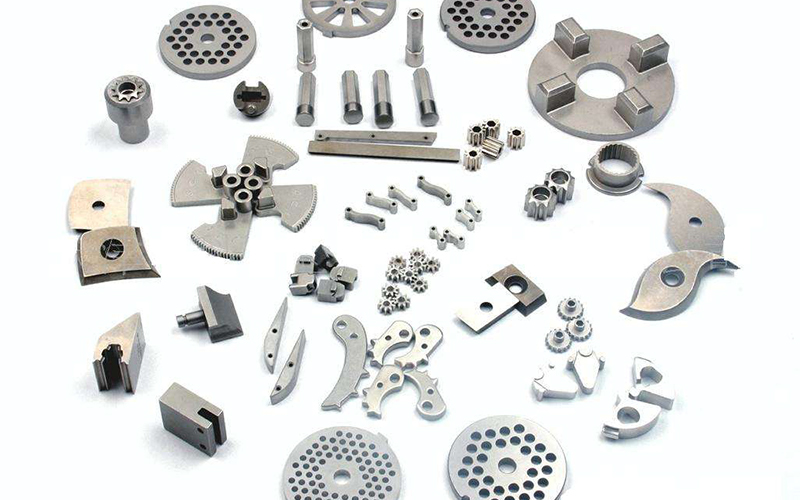In the mechanical processing industry, different parts precision corresponds to different products. The following is about the machining accuracy of mechanical parts. Different measurement methods are selected according to different processing parts and accuracy requirements. Generally speaking, there are the following types of methods.
1. According to the direct measurement, the parameters are divided into direct measurement and indirect measurement;
Direct measurement: parameters measured directly to obtain the measurement scale; for example, measurement with a vernier caliper.
Indirect measurement: geometric parameters related to measurement scale and calculation of scale.
Obviously, direct measurement is more intuitive, indirect measurement is more cumbersome. In general, when the measured parts can not meet the accuracy requirements by direct measurement, indirect measurement has to be used.
According to whether the reading value of the measuring instrument directly indicates the value of the measured scale, it can be divided into positive measurement.
2. Whether the reading value of the testing instrument can immediately express the value of the measured specification, dividend positive measurement and relative measurement.
Positive measurement: the reading value directly indicates the measured size, and the measurement is carried out with the scale of travel tag.
Relative measurement: the reading only indicates the error between the measurement scale and the standard measurement. When the comparator measures the diameter of the shaft, it mainly uses the block adjustment device to measure the diameter after zero. The diameter of the measured side axis in the measurement value is equivalent to the difference of the block scale, which is a relative measurement. Generally speaking, the relative measurement accuracy is higher, but the measurement is more laborious.
3. According to whether the accurately measured surface is touched with the accurate measuring head of the detection instrument, the accurate measurement and non touch measurement can be achieved with the bonus touch.
Touch measurement: measurement head and touch surface touch, and has the function of mechanical equipment measurement. If the micrometer is used to measure the parts.
Non touch measurement: because the measuring head does not touch the surface of the measured component, non touch measurement can avoid the harm of measurement force on the measurement results. Such as the use of projection method, light wave interferometry measurement.

4. The main measurement parameters are divided into single project measurement and inductive measurement.
Single measurement: each parameter of a part of the measurement is measured independently.
Inductive measurement: the measurement reflects the inductive objective of relevant parameters of components. For example, the actual pitch diameter, half angle error and cumulative pitch error of thread can be measured respectively.
In general, the power ratio of measurement is high, so it is more reliable to ensure the interchangeability of parts, which is often used in the inspection of finished parts; it is more reliable to ensure the interchangeability of parts, which is often used for the inspection of finished parts. Single measurement can confirm the error of each parameter, which is generally used for skill analysis, process view and determination of specified parameters.
5. According to the measurement of parts in different process sections, automatic measurement and passive measurement can be distributed.
Automatic measurement: the workpiece is measured in the process of processing, and the results are directly used to control the processing process of parts, and then timely prevent the generation of waste products.
Passive measurement: measurement after the workpiece is processed. This kind of measurement can only judge whether the processed parts are qualified or not, and is limited to finding and removing the waste products.
6. According to the status of the measured parts in the measurement process, it can be divided into static measurement and dynamic measurement.
Static data measurement: measurement is relative static data. Such as micrometer card to measure the diameter.
Dynamic measurement: when measuring, the measured surface and the measuring head make relative movement in imitating the working condition.
Dynamic measurement method can reflect the situation of parts close to the use standard, which is the direction of measurement skill development trend.
Dalian Hanpu Jiangxin Precision Machinery Co., Ltd. is a comprehensive machinery processing and international trade enterprise mainly engaged in designing and manufacturing all kinds of fixtures, precision mechanical parts, machine parts and mold accessories. Welcome to inquire.


 Page location :
Page location : 

